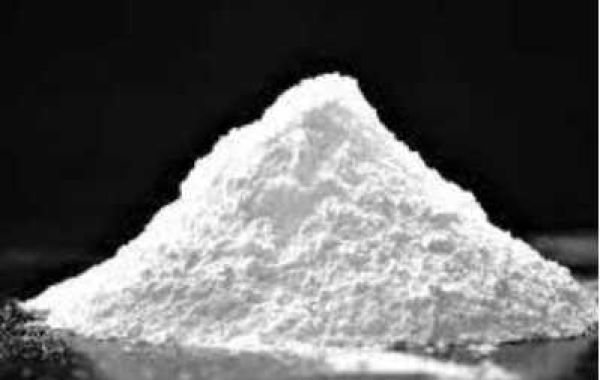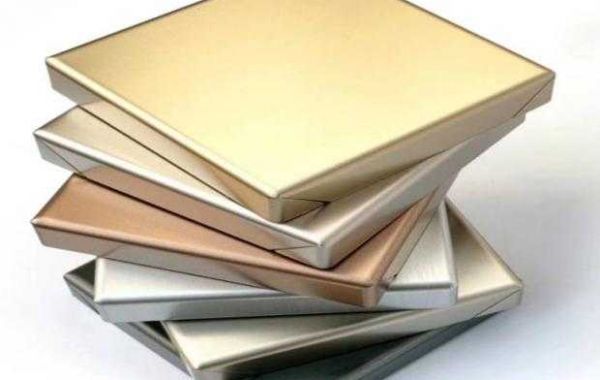Unleash the power of paper with a secret ingredient that has been revolutionizing the industry for decades - titanium dioxide. You may be familiar with this versatile compound in its use as a whitening agent in various products, but did you know it plays a crucial role in enhancing the quality and appearance of paper? From making vibrant colors pop to improving printability and durability, titanium dioxide is an unsung hero behind every sheet of paper we encounter.
The Role of Titanium Dioxide in Paper Production
Titanium dioxide, commonly known as TiO2, plays a vital role in the production of paper. It is a white pigment that helps enhance the brightness and opacity of paper products. This makes it an essential ingredient in the manufacturing process.
Titanium dioxide also enhances the opacity of paper, making it less transparent. This is particularly beneficial for double-sided printing or when producing thicker papers like cardstock or packaging materials.
Moreover, titanium dioxide acts as an effective UV absorber, protecting paper from discoloration caused by exposure to sunlight. It helps prevent yellowing and fading over time, ensuring that printed materials retain their original appearance for longer periods.
In addition to these benefits, titanium dioxide contributes to better ink adhesion during printing processes. The pigment provides a smooth surface on which ink can adhere more easily and uniformly without smudging or bleeding.
Titanium dioxide has become an indispensable component in modern paper production due to its ability to improve whiteness, opacity, UV resistance,and ink adhesion properties. Its presence ensures high-quality papers with enhanced visual appeal and durability.
In conclusion, titanium dioxide plays a crucial role in the production of paper by enhancing its visual and functional properties. Its use has revolutionized the industry, resulting in superior quality paper products that meet the demands of modern printing and packaging needs.
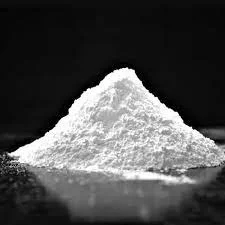
Benefits of Using Titanium Dioxide in Paper
Titanium dioxide is a versatile and valuable additive in the paper industry, offering numerous benefits to both producers and consumers. One of the main advantages of using titanium dioxide in paper production is its ability to enhance the whiteness and brightness of the paper. This results in a more visually appealing product that stands out on store shelves.
Furthermore, titanium dioxide helps improve the opacity of paper, making it less transparent and ensuring that printed images and text are more vivid and legible. This is particularly important for applications such as magazines, brochures, and packaging materials where sharp graphics are essential.
In addition to enhancing aesthetics, titanium dioxide also plays a crucial role in protecting paper from UV radiation damage. By acting as a barrier against harmful UV rays, it prevents yellowing or fading caused by prolonged exposure to sunlight.
Another significant benefit of incorporating titanium dioxide into paper is its contribution towards improving print quality. The improved color retention properties provided by this additive ensure that prints maintain their vibrancy over time.
Moreover, titanium dioxide helps increase the durability and longevity of paper products. By strengthening fibers within the sheet structure, it improves tear resistance and reduces brittleness.
Using titanium dioxide allows manufacturers to reduce overall pigment consumption while still achieving desired optical properties. This not only leads to cost savings but also promotes sustainability through reduced waste generation.
There are myriad benefits associated with using titanium dioxide in paper production - from enhancing visual appeal and print quality to increasing durability while reducing environmental impact. As such, it is a crucial ingredient for producing high-quality paper products that meet the demands of today's market.
How is Titanium Dioxide Incorporated into Paper
When it comes to incorporating titanium dioxide into paper, there are a few different methods that can be used. One common way is through the use of coatings or treatments applied directly to the paper surface. This allows for an even distribution of the titanium dioxide particles, which helps enhance properties such as brightness and opacity.
Another method involves adding titanium dioxide during the papermaking process itself. This can be done by mixing it with other pulp additives before it goes through the refining and sheet formation stages. By doing this, the titanium dioxide becomes embedded within the structure of the paper, resulting in a more uniform dispersion throughout.
In some cases, manufacturers may also choose to use specialty papers that have been pre-coated or infused with titanium dioxide prior to production. These papers typically offer enhanced features like improved printability and resistance to yellowing over time.
Regardless of how it is incorporated, one thing is certain – adding titanium dioxide to paper brings numerous benefits. It not only improves its visual appearance but also enhances its performance characteristics like durability and UV resistance.
Whether applied as a coating or integrated into the manufacturing process itself, titanium dioxide plays a crucial role in improving various aspects of paper quality. Its ability to contribute both aesthetically pleasing and functional attributes makes it a valuable ingredient in many types of papers we encounter every day!
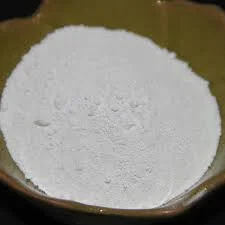
Other Uses of Titanium Dioxide in the Paper Industry
Apart from its role as a whitening agent, titanium dioxide has several other uses in the paper industry. One such use is as a coating pigment. Coating pigments are used to improve the printability and appearance of paper products.
Titanium dioxide is also utilized as an opacifying agent. This means that it helps to enhance the opacity or ability of paper to block light transmission. By incorporating titanium dioxide into paper, manufacturers can create papers with better opacity, making them ideal for applications such as printing and packaging.
In addition, titanium dioxide is known for its UV-blocking properties. When added to certain types of specialty papers like those used in art prints or archival documents, it helps protect them from fading or discoloration caused by exposure to sunlight.
Furthermore, this versatile compound can be used as a binder in coated papers. Binders help hold together the various particles and pigments present on the surface of coated papers. Titanium dioxide acts as a binding agent that enhances adhesion and improves overall durability.
Titanium dioxide plays a vital role beyond just whitening paper products. Its use extends to enhancing printability, improving opacity, protecting against UV damage, and strengthening coated papers for various applications within the paper industry.
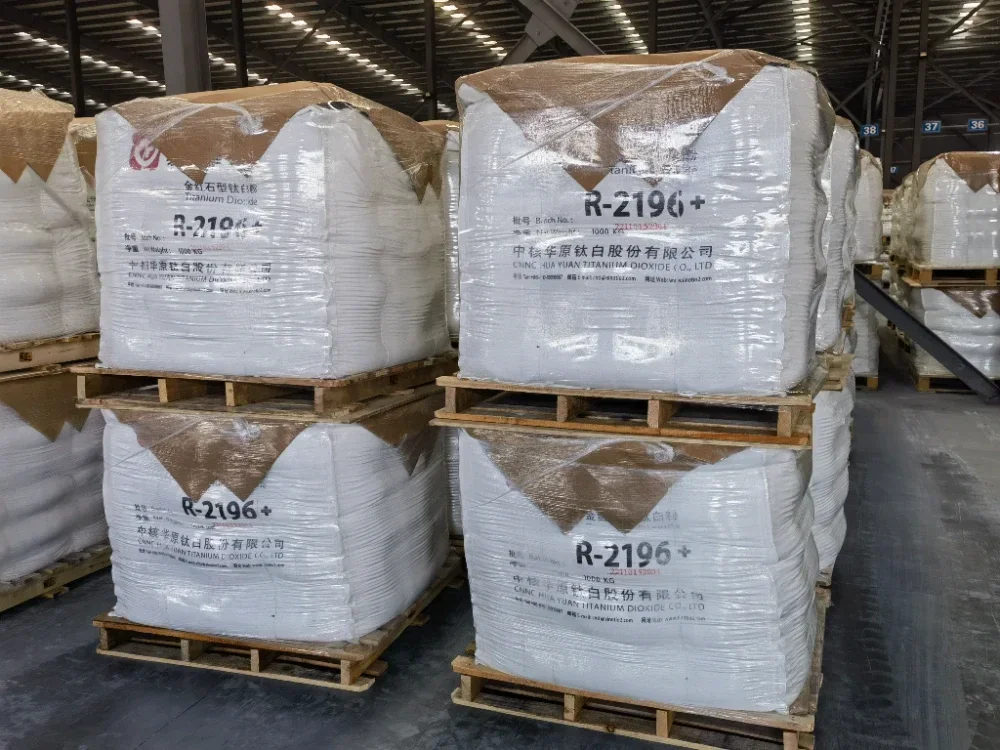
Conclusion
Titanium dioxide plays a crucial role in the paper industry, providing various benefits and enhancing the overall quality of paper products. From improving opacity and whiteness to increasing printability and brightness, titanium dioxide is an essential component in paper production.
By incorporating titanium dioxide into the pulp or coating of paper, manufacturers can achieve consistent coloration and enhance the visual appeal of their products. This versatile compound also helps reduce ink absorption, resulting in sharper images and vibrant colors on printed materials.
Furthermore, titanium dioxide enhances the durability and longevity of paper by protecting it from UV radiation-induced degradation. This extends the lifespan of documents, making them less prone to fading or yellowing over time.
Apart from its role in paper production, titanium dioxide finds applications across various industries. It is commonly used as a pigment in paints, plastics, cosmetics, food products, and even sunscreen due to its excellent light-scattering properties.
Therefore,it's safe to say that without this remarkable compound,the world would be devoid of many everyday essentials we often take for granted!
Wuxi CHTI New Material Co., Ltd. was established in 2015, the main product is titanium dioxide. It is one of the CHTI sales companies and has established long-term and stable cooperative relations with other domestic factories. The main products are high-grade rutile, anatase, and titanium white enamel, and the extended products are vanadium and ferrous sulfate. Widely used in coatings, plastics, inks, paper, brake pads, enamel, welding materials, steel, metallurgy, sewage treatment, new energy batteries and other fields.Welcome to inquiry if you need to know more about titanium dioxideTiO2 R-2196+ details or order wholesale.
Email:internationalsales@wxchti.com
